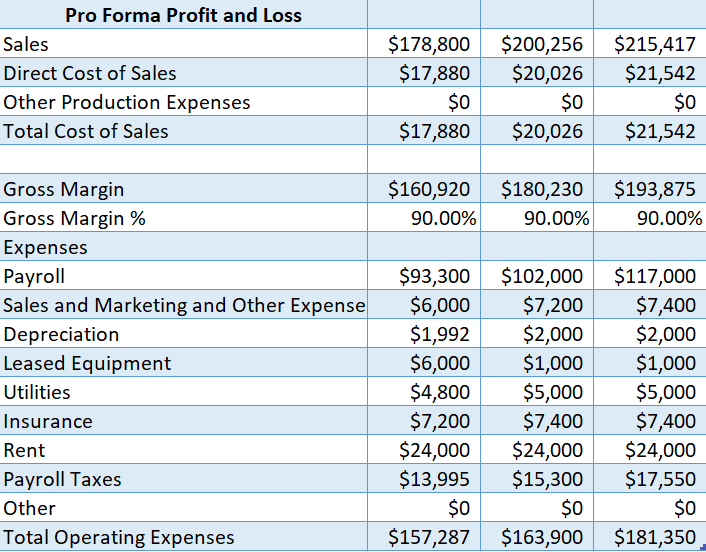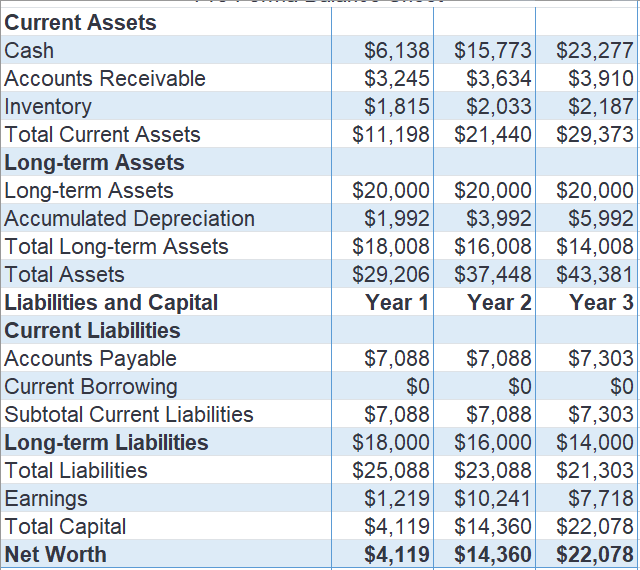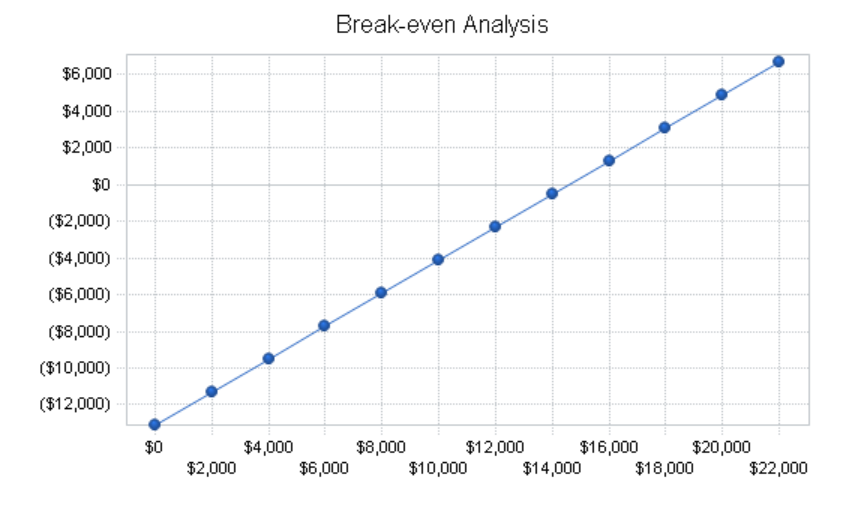Success in the auto repair business starts with a good plan. Your shop’s future depends on it. One mistake can be a big problem. That’s why you need to make sure you have everything in place for a successful auto repair business.
In this blog, we’ll help you create a strong business plan for an auto repair shop, whether you’re starting out or already have a shop. We’ll also give you a business plan sample for an auto repair shop that you can use.
Let’s get started!”
Looking to expand your auto repair shop? Schedule a demo now.
What is an auto repair shop business plan?
An auto repair shop business plan is like a roadmap for your car repair business. It’s a document that explains your business idea to potential investors or partners.
Imagine you’re planning a long road trip.
Before you start, you make a detailed plan with the places you want to visit, the things you want to do, and the route you’ll take.
Similarly, an auto repair shop business plan is like that plan for your car repair business. It’s a written guide that outlines what your business wants to achieve, how it will do it, and why it’s a good idea.
You use this plan to show to others, like investors, so they understand your business and may want to be part of it. It’s like the master plan for your car repair adventure!
Why you need a business plan for auto repair shop:
You will understand your business better:
- Your business plan is your GPS. It gives you a clear route to your goals.
- Identify and tackle obstacles with confidence by sticking to your plan.
- It’s your guide for financing, hiring, operations, and branding.
It will give you a Smooth Driving:
- Prevent hiccups by investing wisely.
- Your business plan helps you choose the right people, processes, technology, and marketing.
- Ensure your investments align with your long-term goals.
Make your business sustainable:
- Map out a sustainable and viable business model.
- Secure funding, plan expansion, and achieve growth milestones.
It will give you Clear Path:
- Engage in a regular enjoyable activity.
- Form habits that help you focus and organize thoughts.
- Find solitude to regain focus on business goals.
- Personalize your approach for clarity and success.
Creating an auto repair shop business plan:
Understanding the Basics
It is important that you first clever the basics before you create a business plan.
For that, you need to understand the type of your business. There are many types of business such as startup business plan, internal business plan, and strategies plan.
For an auto body repair shop business plan, you need to form some key elements in your company such as market, company description, sales strategies, management, product/service, fundings, financial projections. Etc.
Company Description:
This chapter is the heart of your business plan. Here you will tell your story. Why do you want to start an auto repair business? What is the mission behind it? You will explain your services.
This is your chance to give a unique identity to your repair shop. This can help you gain competitive advantage. Let’s discuss these things one by one:
Overview:
Give your readers a sense of what your auto repair shop is all about. You can tell the essence of your shop here. You need to discuss the history of your business, founders; story, and company culture,
Mission Statement:
Articulate the core purpose of your business – what it aims to achieve and how it serves its customers or clients.
Vision Statement:
Describe the future you envision for your company. What impact do you want to have on your industry, community, or the world?
Products or Services
Now discuss what you are offering. Describe your services that show a unique value proposition. It is important that it is relevant to your auto repair customers.
Market Positioning
Marketing and branding is very important to have a successful auto repair business. Focusing on market positioning is crucial. You need to touch on points like target audience, competitive advantage and market niche.
Short-Term Goals:
These could include milestones like launching a new product, reaching a specific revenue target, or expanding your customer base.
Long-Term Goals:
Detail your overarching aspirations, such as becoming an industry leader, expanding globally, or achieving a certain level of market share.
Market Analysis
You need to know what you are dealing with on a daily basis.
What do your ideal customers want? What is trending in the market? How can you attract more and more customers?
For this, you need to have a comprehensive knowledge of the auto repair market. There are three things you need to cover:
Target Market:
Understand your audience. Check out the following things in your customers:
- Age
- Gender
- Income level
- Education
- Values
- Lifestyles
- Purchasing behaviors
Address the market needs:
You need to find out the needs of your market. Identify the pain points of your customers.
Pro tip: you can conduct surveys or focus groups to find out the pain points of your target audience.
After finding out the paint points, come up with unique selling point that covers the needs of your market. Clearly articulate how your products or services stand out and provide distinct advantages over competitors.
Analyzing the Competitive Landscape:
In every market, competition is a reality. By analyzing your competitors, you gain insights into their strengths, weaknesses, and strategies. Find out direct competitors that offer similar services.
After finding your competitors, you can set your business apart by offering better services from them.
Market Size and Growth Potential
Assessing the overall market size and growth potential provides a snapshot of the opportunity at hand. It helps you understand the scope of your market and whether it’s expanding or contracting.
Industry Trends:
Now you need to collect data related to auto repair shops. This can help you in finding industry trends. Find out the merging technologies that you can use in your shop.
Marketing and Sales Strategies
Now we know our services and market for the auto repair shop. But how are we gonna sell our service to the market
That’s here, you need marketing strategies for your auto repair shops. Follow the following steps to define your strategies:
- Identify the platforms you’ll use to reach your audience.
- Craft a consistent and compelling message that resonates with your target audience.
- Plan the creation and distribution of valuable content that educates, entertains, or solves problems for your audience.
- Detail how you’ll guide potential customers through the sales journey, from initial contact to making a purchase.
- Explain how you’ll attract potential customers.
- Describe how you’ll build relationships with leads over time.
- Outline the steps you’ll take to convert leads into paying customers.
- Allocate funds to different marketing strategies
- Explain how you’ll measure the effectiveness of your marketing and sales efforts.
- Identify the KPIs you’ll monitor, such as website traffic, conversion rates, click-through rates, and customer acquisition cost.
Organization and Management
Now, you need to discuss the management of your auto repair shop. Highlighting key team members and explaining their roles adds depth and credibility to your business plan.you can discuss the following things:
- Organizational Structure
- Hierarchical Chart.
- Functional Divisions
- Key Management Team
- Founder(s) and CEO
- Executive Team Members
- Responsibilities and Roles
- Founder’s Role
- Key Executives’ Roles
- Team Strengths and Expertise
- Relevant Experience
- Growth Plans
- Recruitment Strategy
Product or Service Line
In this chapter, you’ll provide a thorough exploration of your products or services. You can discuss the following things:
- Introduction to Your Offerings
- Detailed Description
- Development and Design
- Intellectual Property
- Product Life Cycle
- Future Development
- Visuals and Media
- Customer Testimonials and Case Studies
- Pricing Strategy
- Regulatory and Compliance
- Sustainability and Ethics
Financial Projections
In this chapter, you will do a proper financial analysis. You will discuss the financial dynamics of your business.
1. Profit and Loss:
In this, you will show projected profit and loss for the forecast period. Below is an example from the business plan for an existing auto repair shop. you can use it to make your own a profit and loss sheet.

2.Cash flow projection:
The next thing is the cash flow projection. Cash flow is critical for business sustainability. Illustrate how cash moves in and out of your business, highlighting periods of potential cash shortages and surpluses. This helps in planning for working capital needs and managing liquidity. Below is an example that you can use:

3. Balance Sheet Projection
Provide a snapshot of your business’s financial position, including assets, liabilities, and equity. This showcases the overall health and stability of your business.
4. Break Even Analysis
Determine the point at which your business becomes profitable. A breakeven analysis helps you understand how much revenue you need to cover all costs. Below is an example of a business plan for an existing auto repair shop. You can see to understand better.

Risk Assessment and Contingency Planning
No business journey is without its obstacles. Recognizing potential risks and challenges upfront and having a plan to address them is crucial.
This chapter focuses on identifying risks, evaluating their potential impact, and outlining strategies to mitigate their effects.
First thing is to identify the risk. You can see the picture below to identify risks.
After identifying risks, you need to come with risk mitigation strategies such as:
Preventive Measures: Outline steps you’ll take to prevent risks from occurring.
Mitigation Plans: Describe your plans to minimize the impact if a risk does materialize.
Conclusion
Crafting a business plan is a labor of love. It’s more than a document; it’s your business’s roadmap to success. Each chapter contributes to the bigger picture, forming a comprehensive strategy that aligns your ambitions with actionable steps. Now that you have this guide, take the first step towards creating a winning business plan that paves the way for your entrepreneurial journey.
You can also take your auto repair business to the next level with a good auto repair management software. Moreover, torque 360 offers all-round automotive management software as well. It includes many features such as scheduling, invoicing, estimating, digital vehicle inspection, repair order management, technician portal, POS integration, and marketing solutions.





